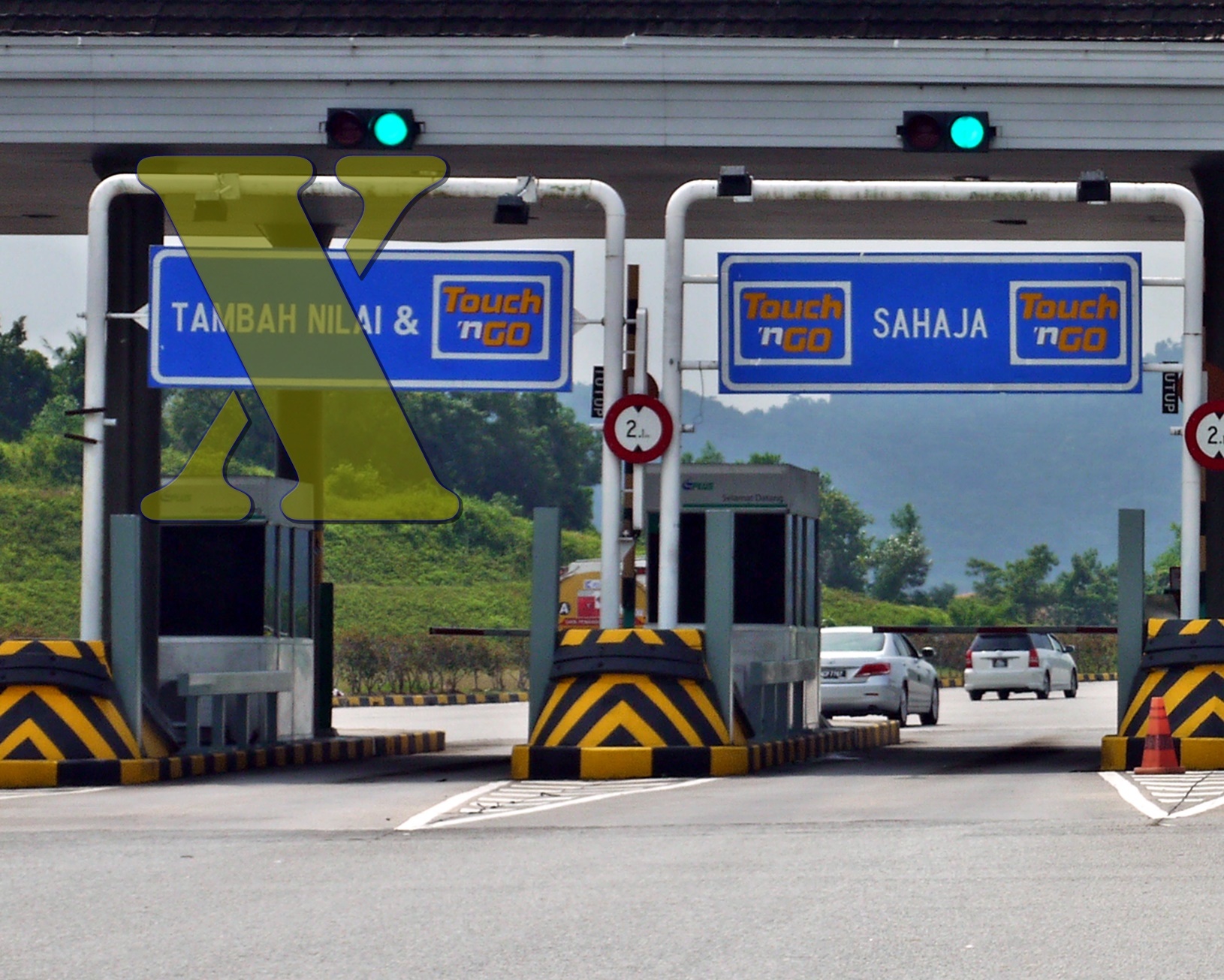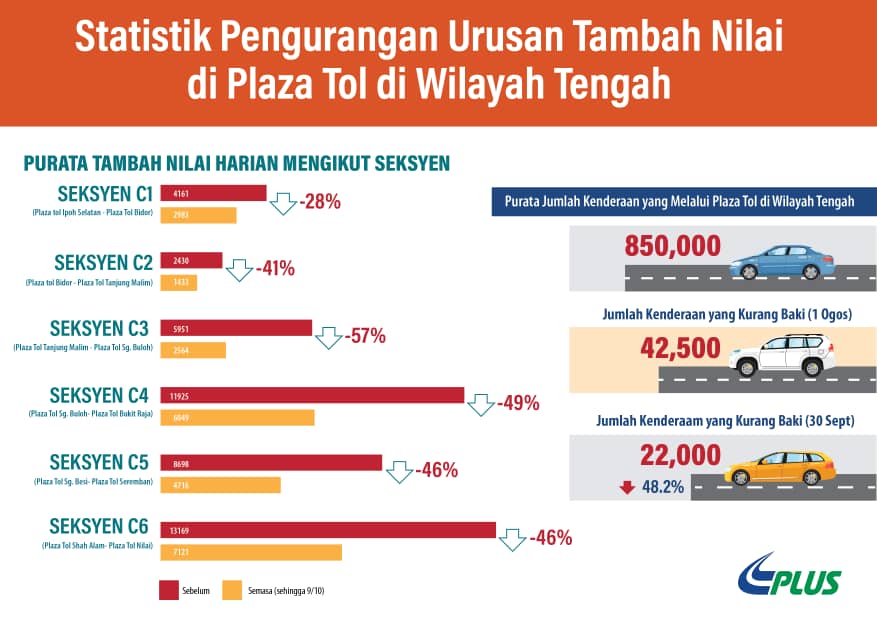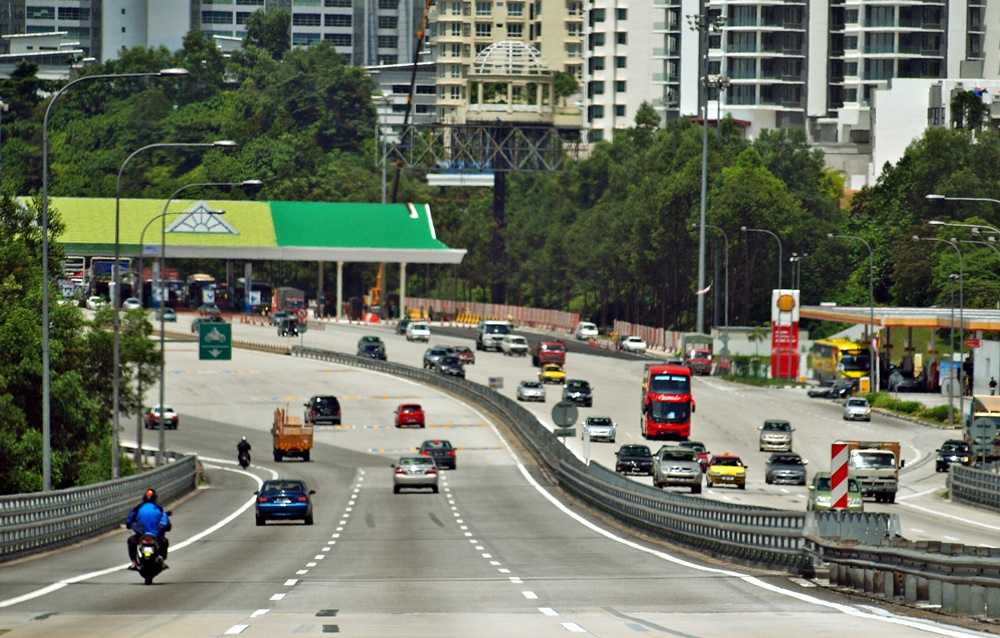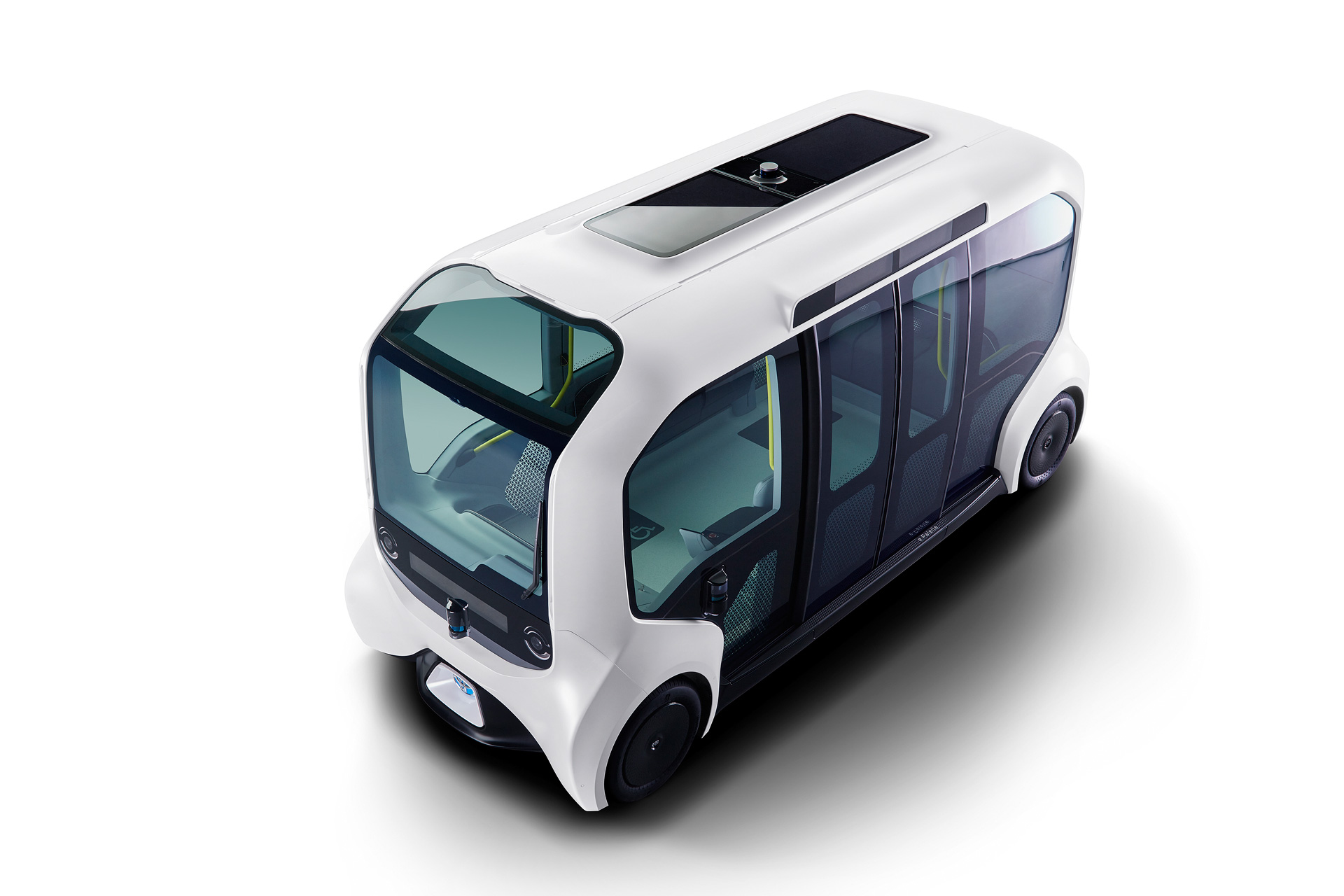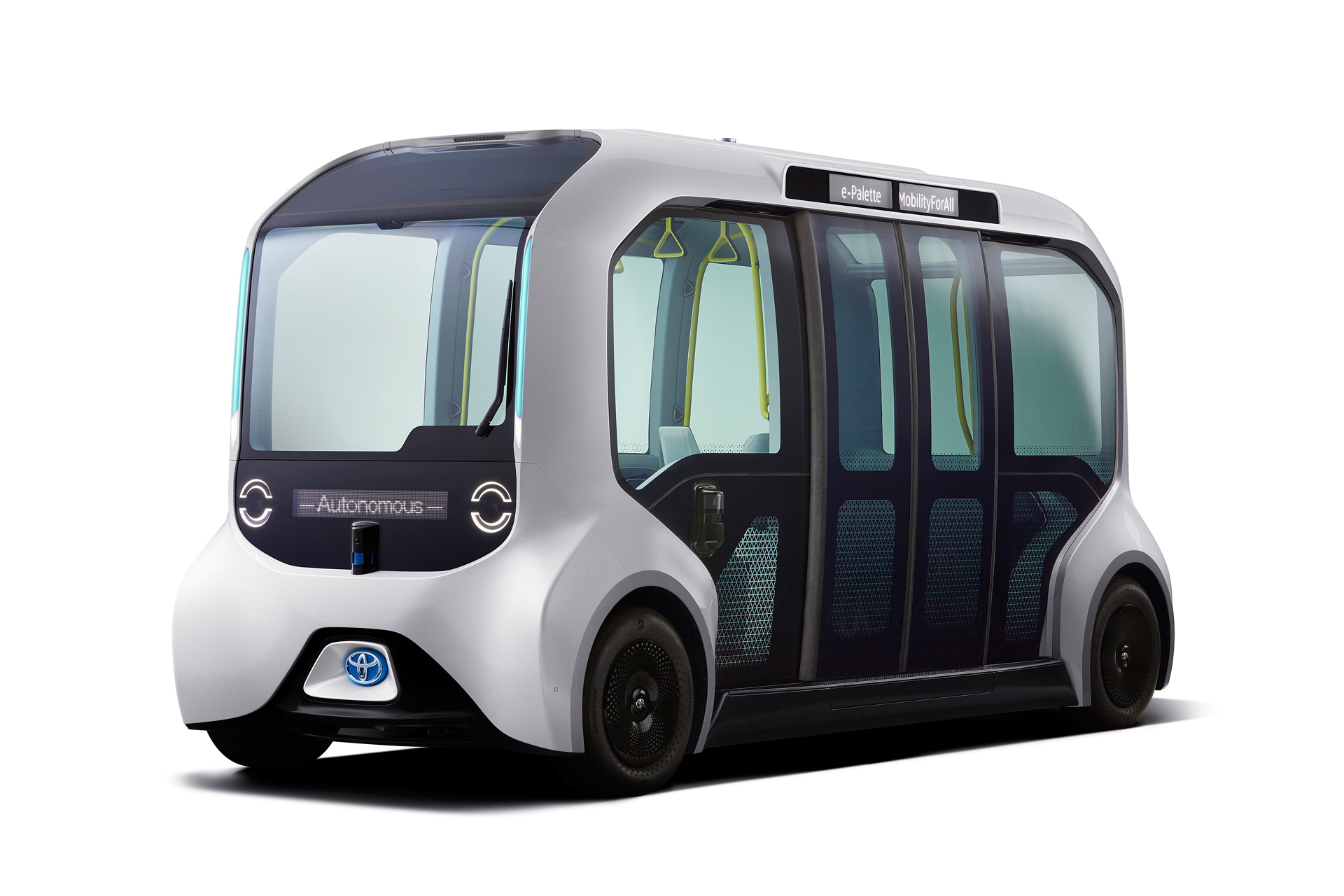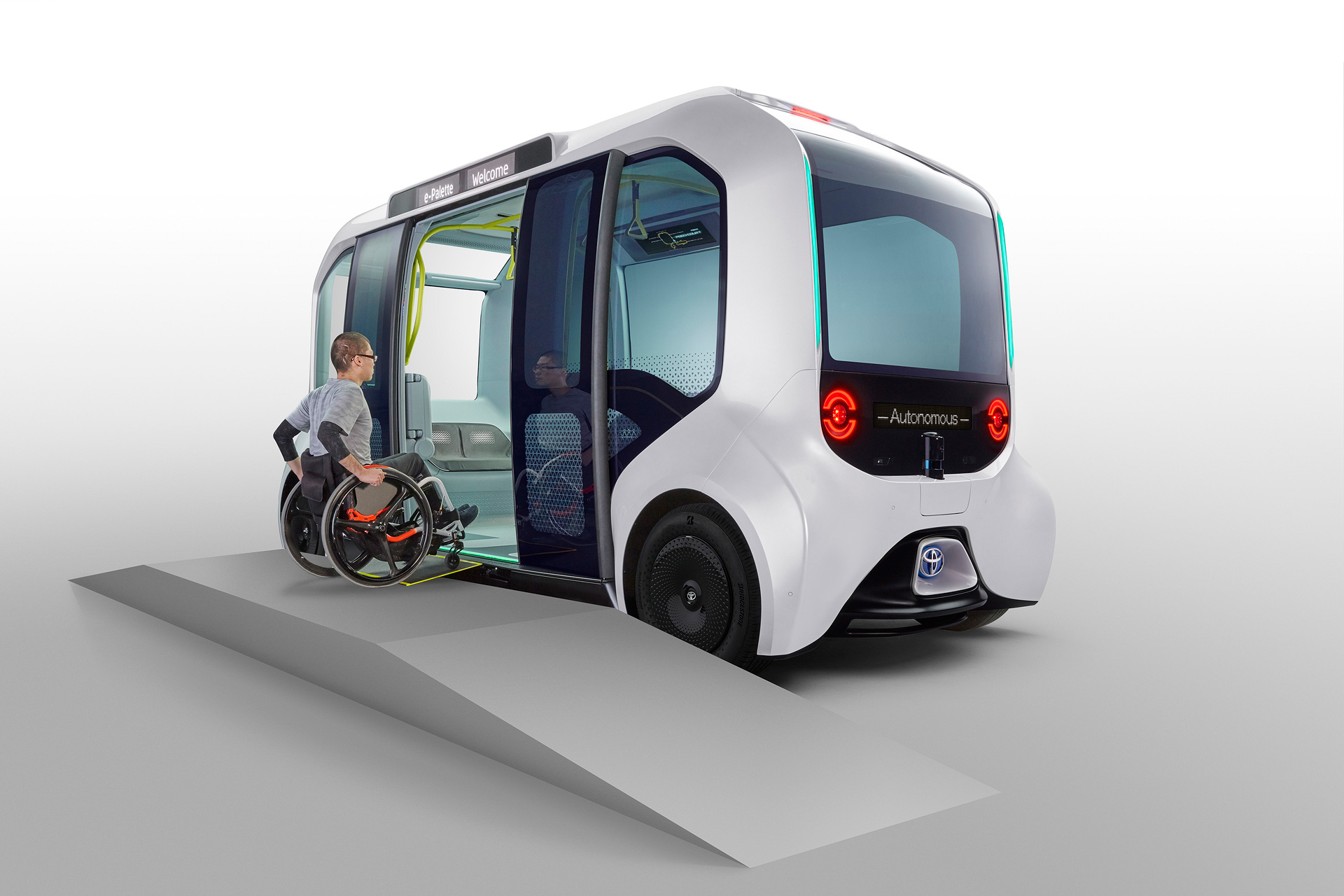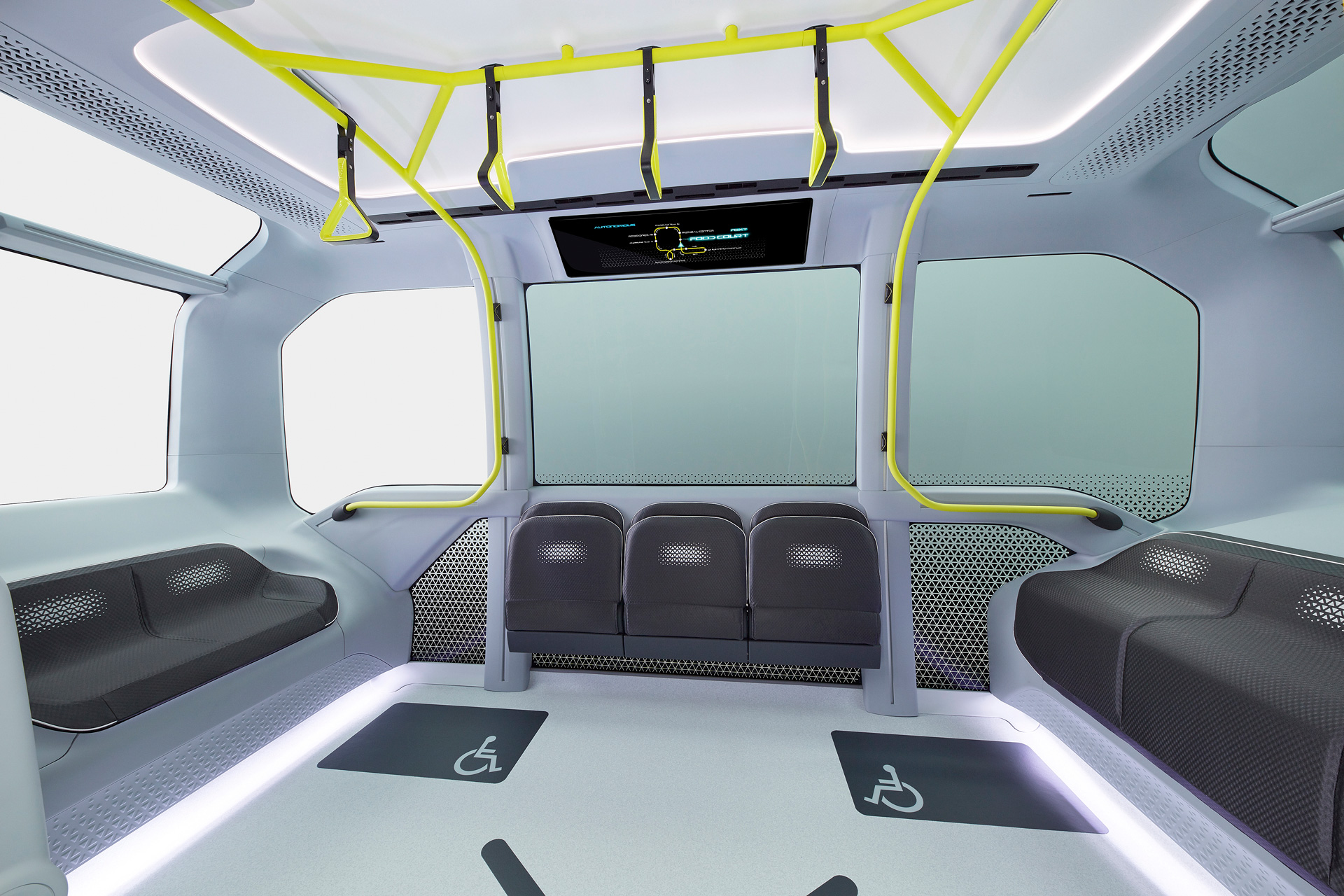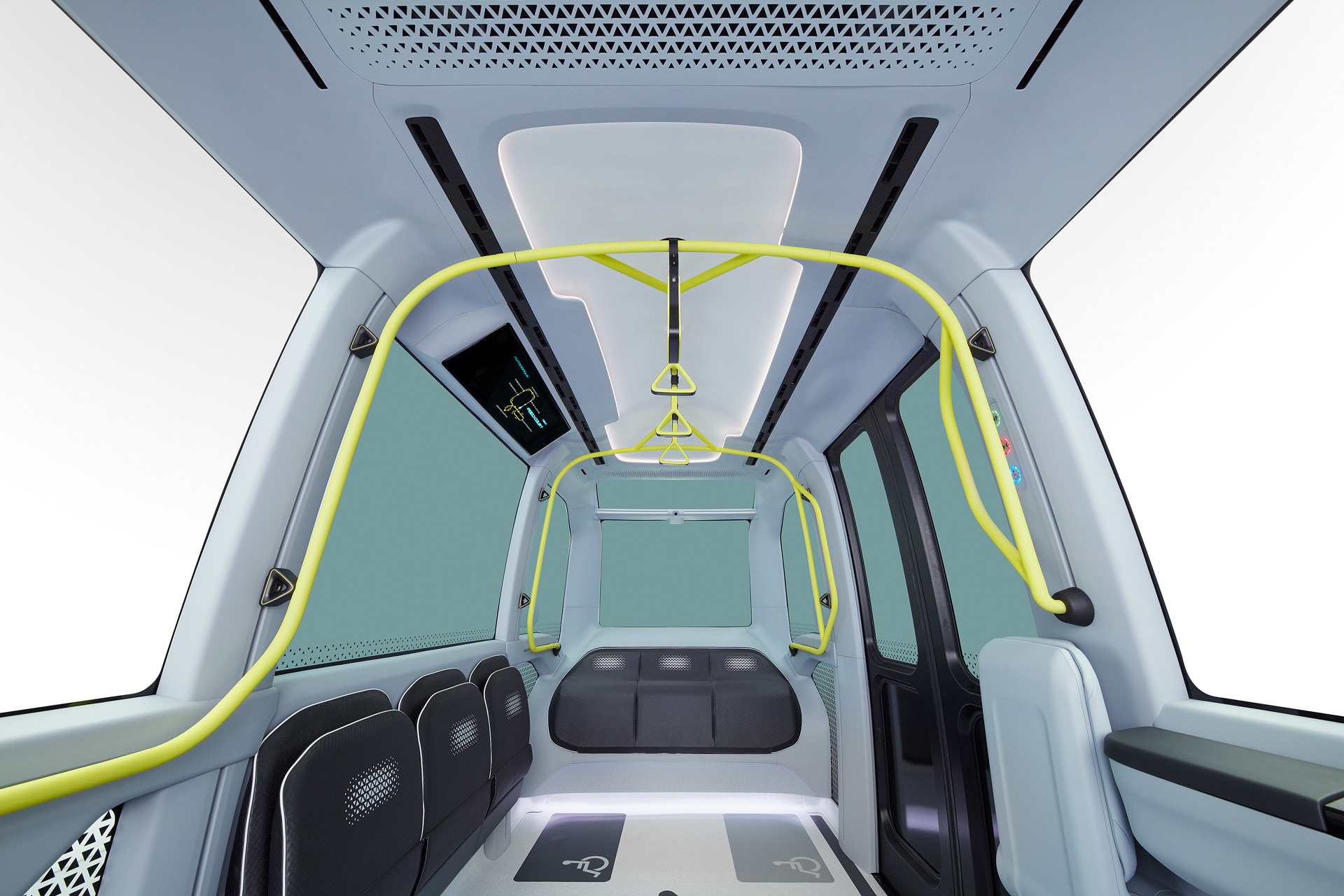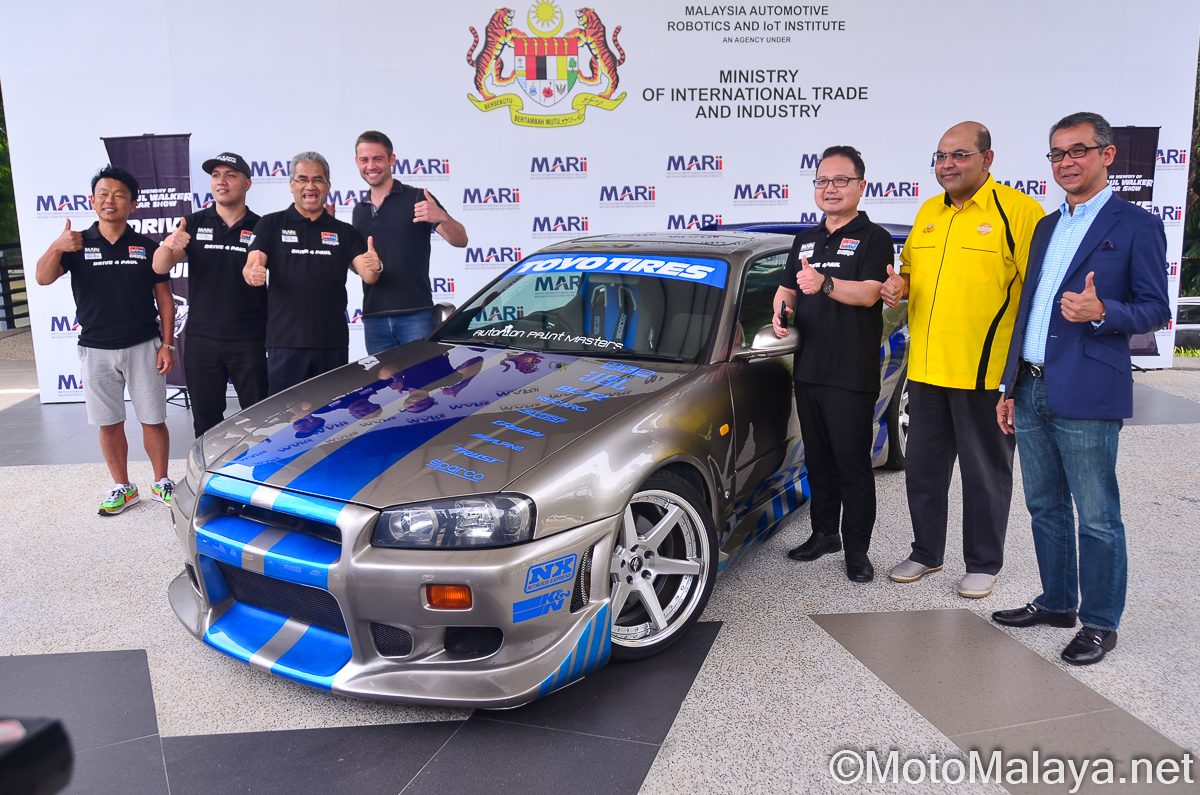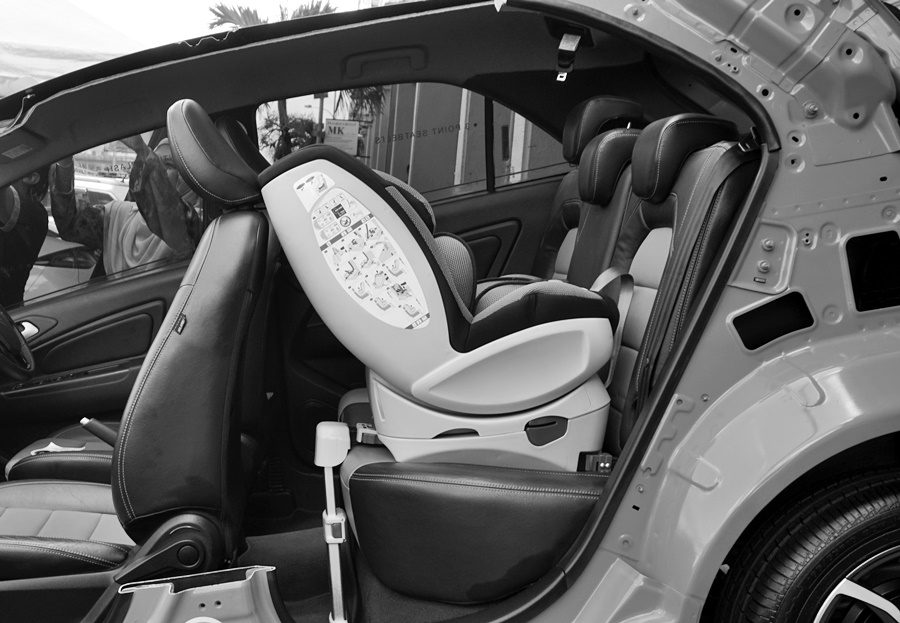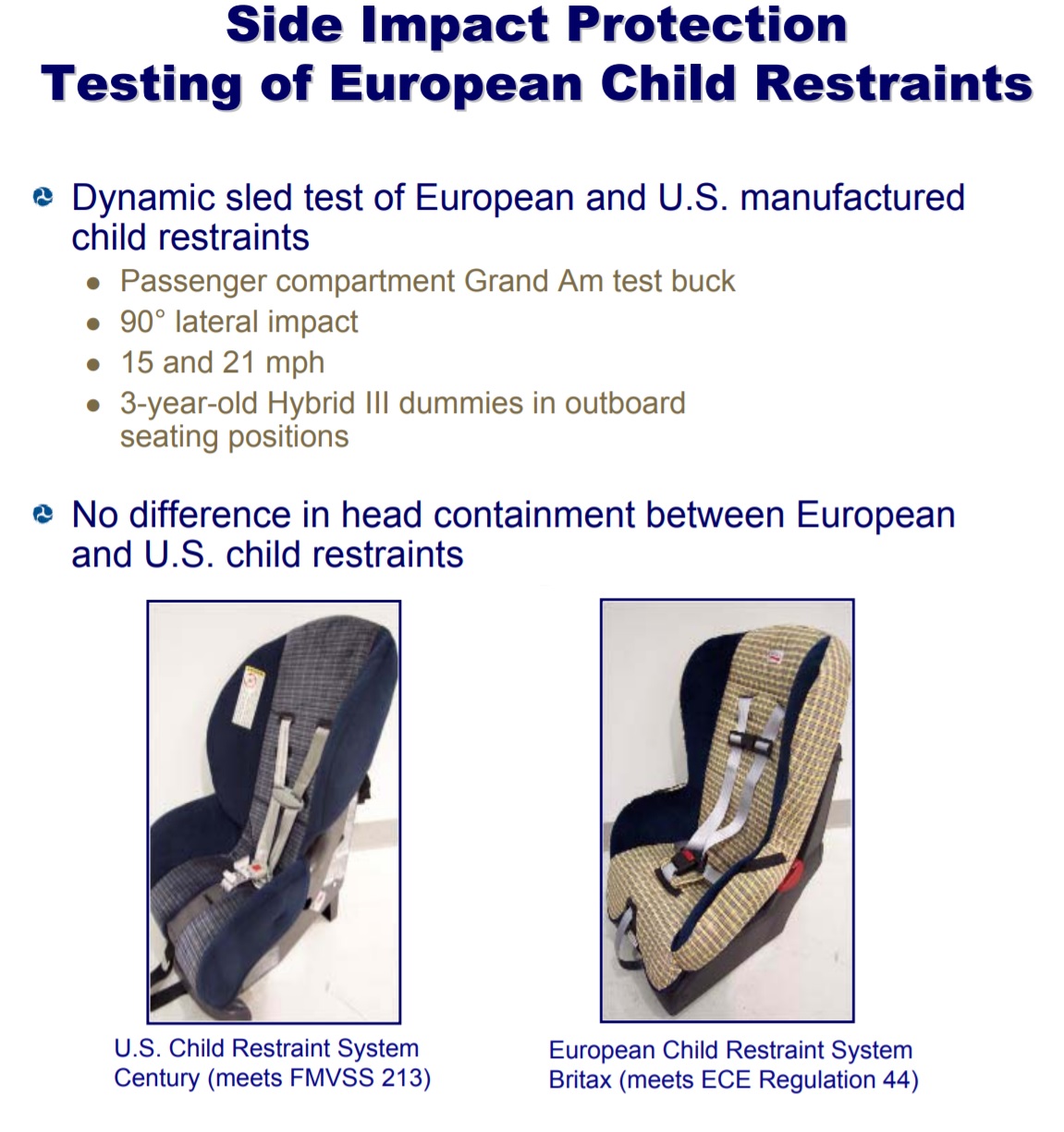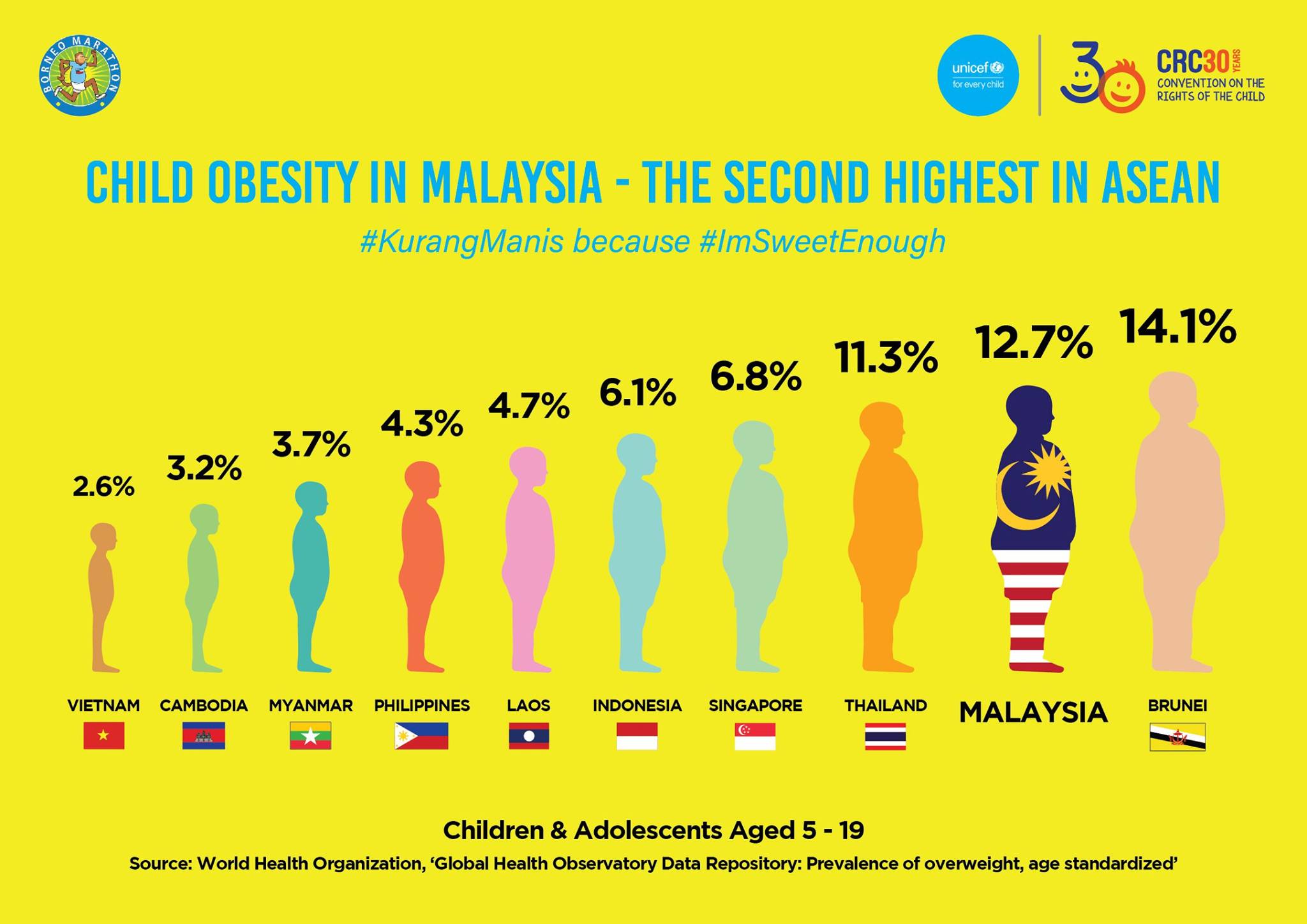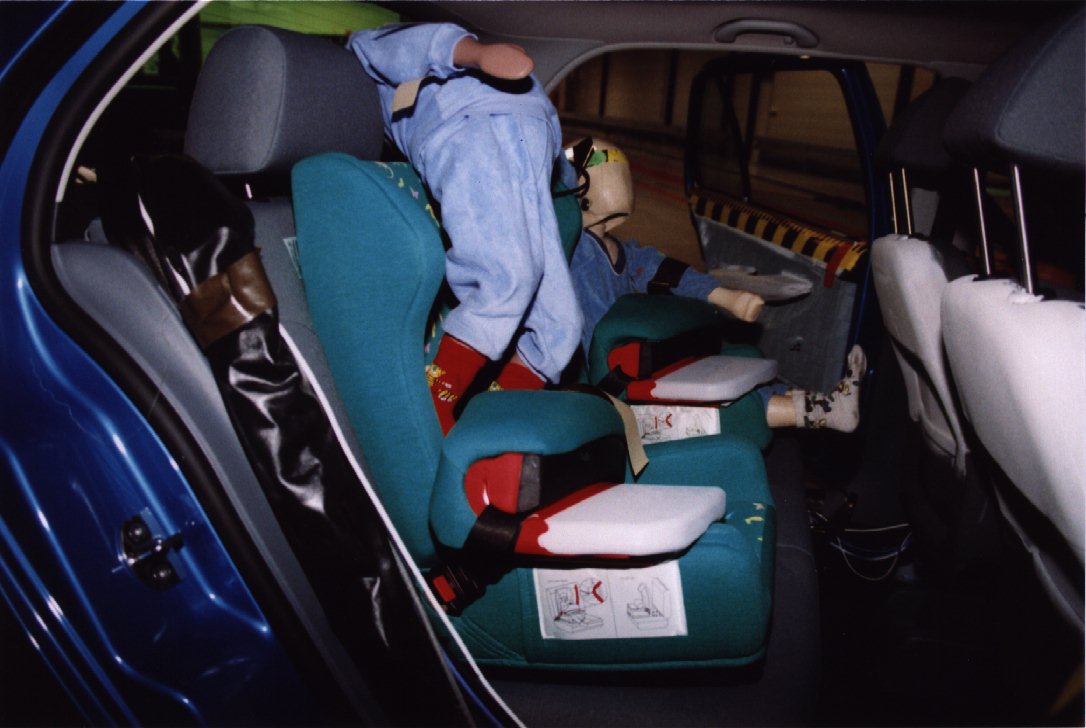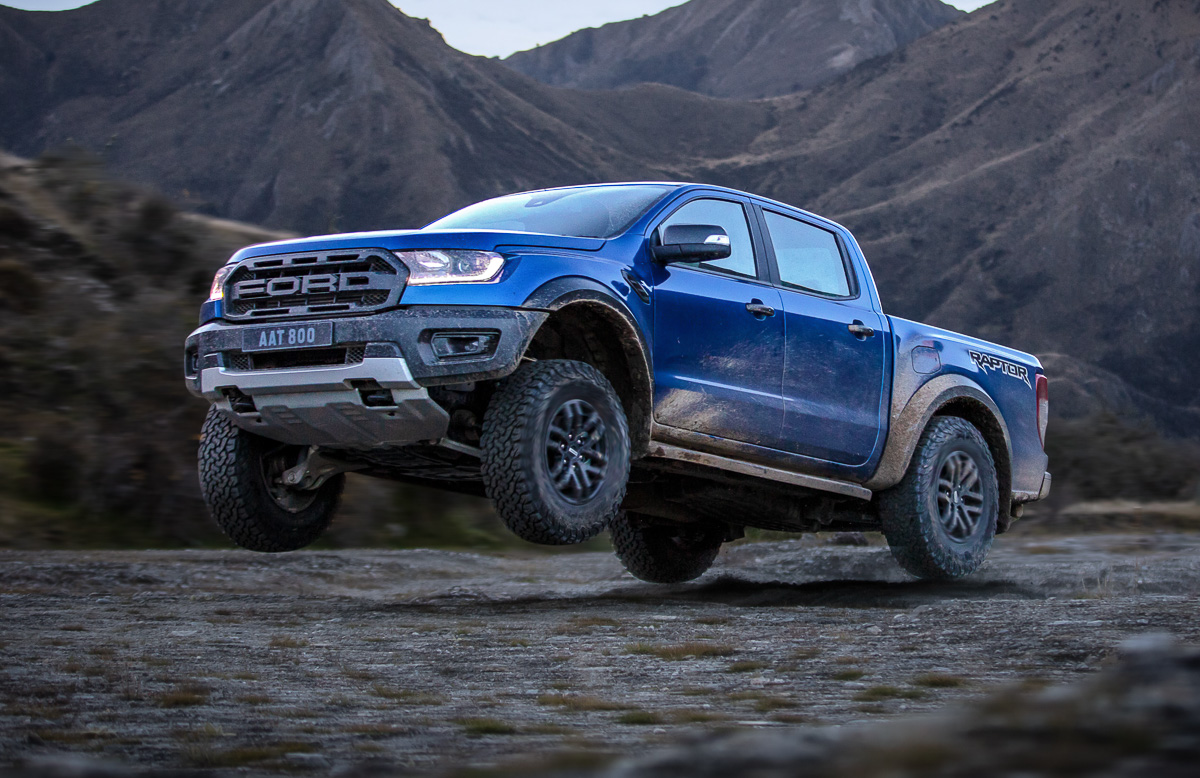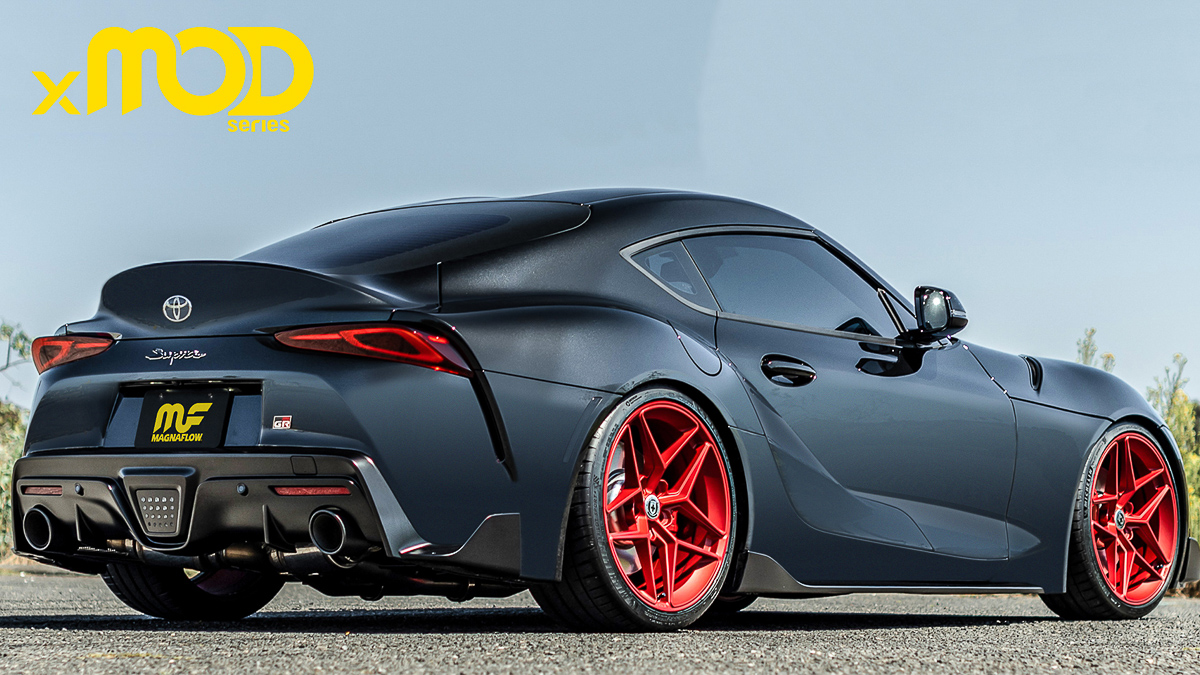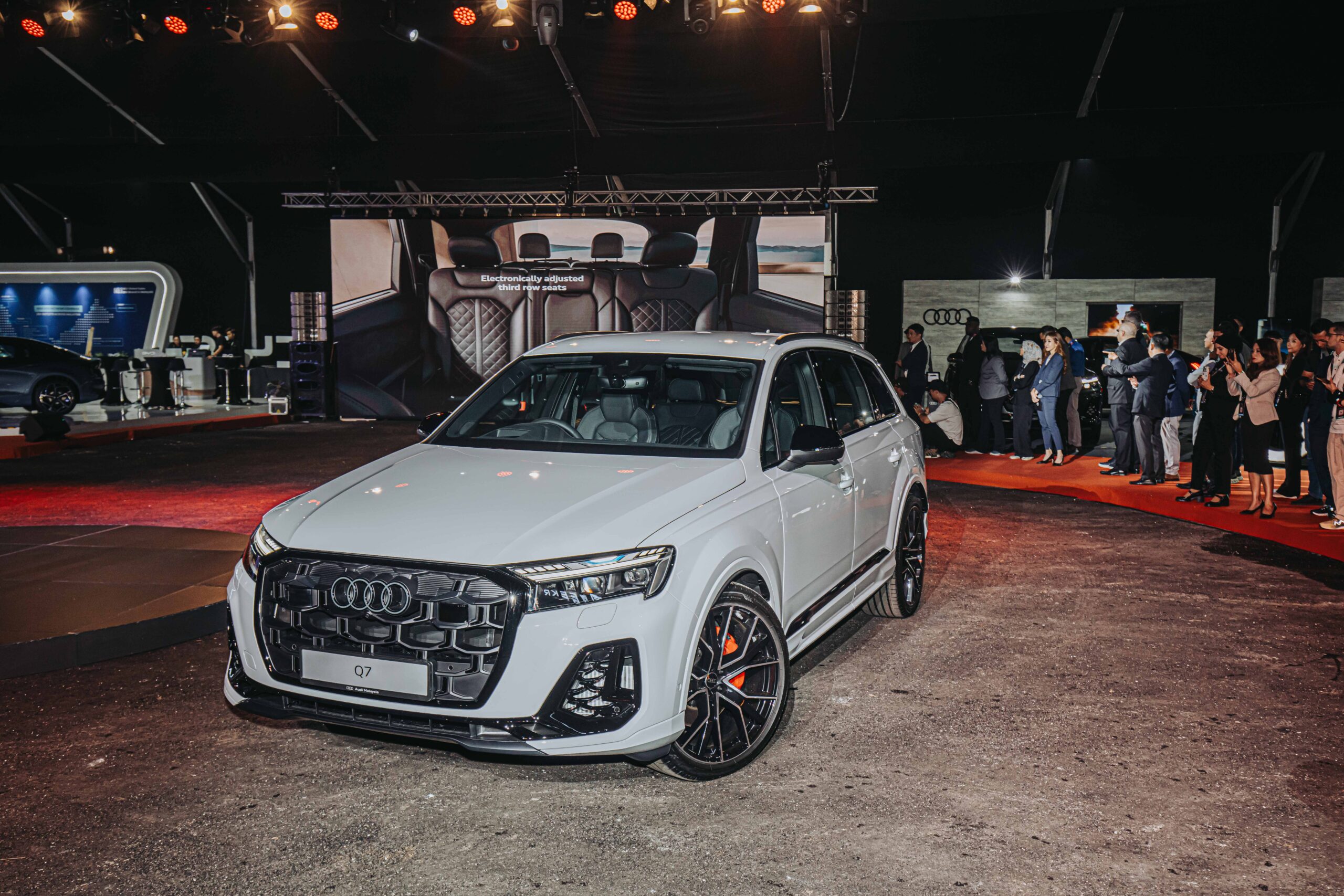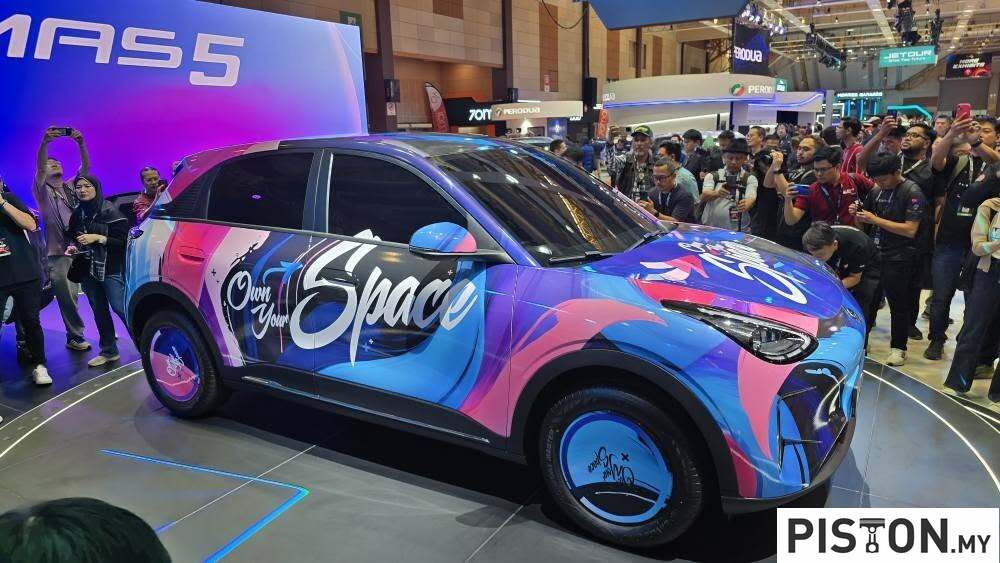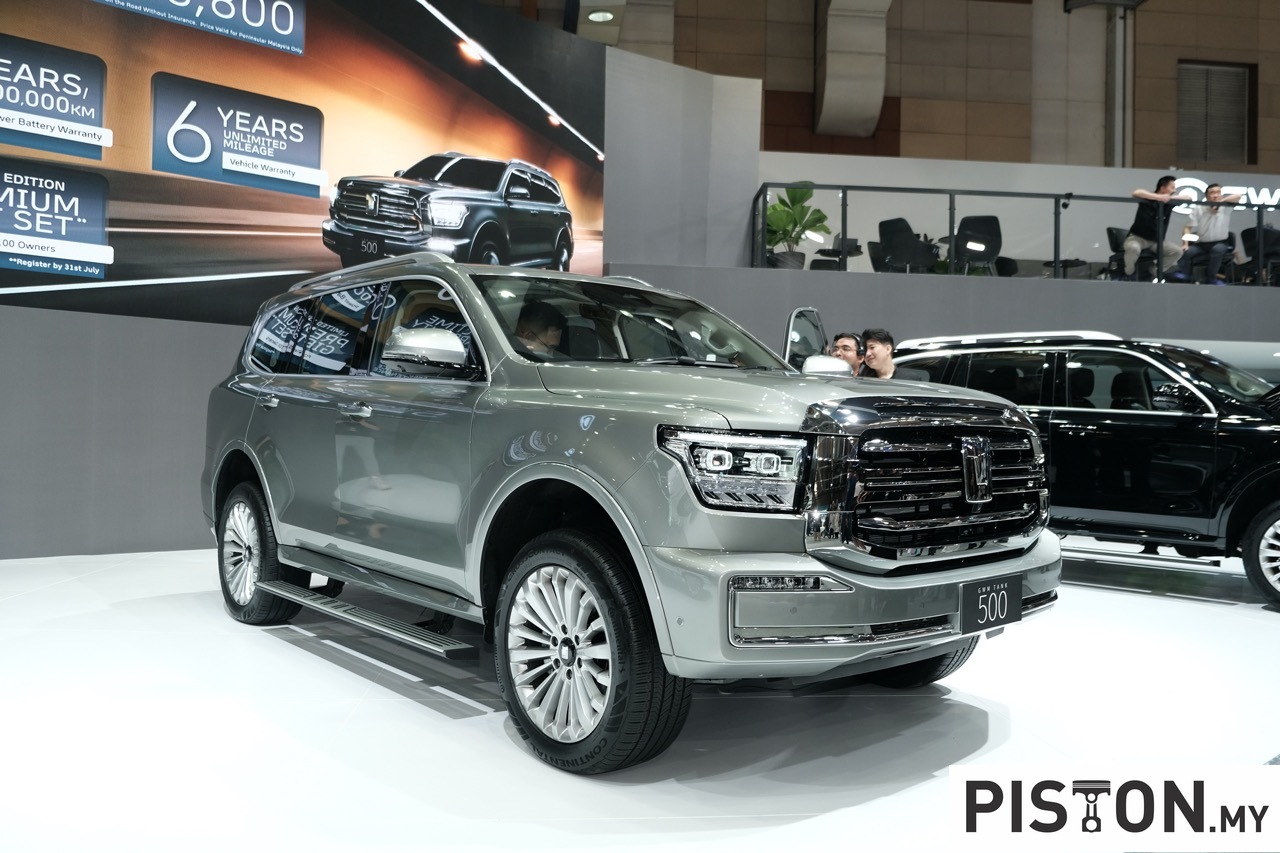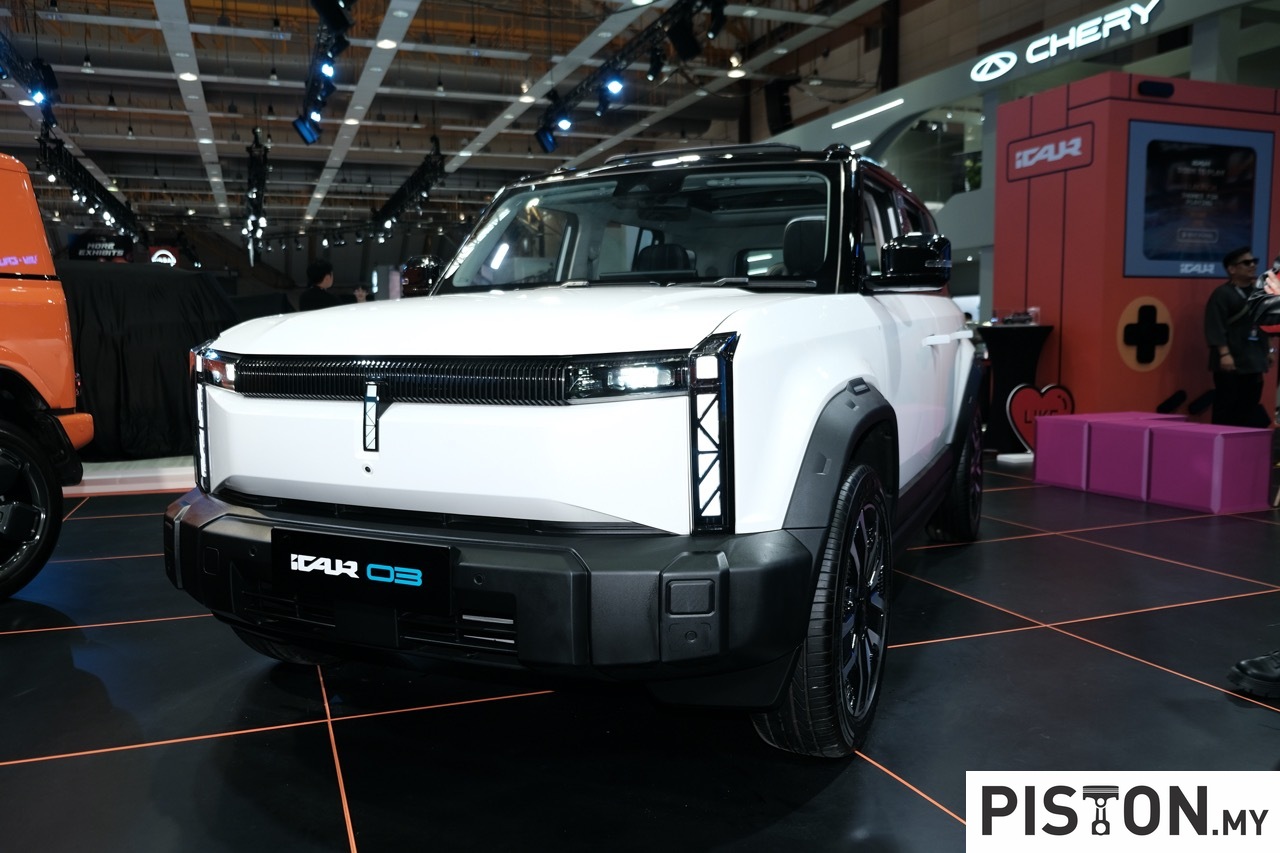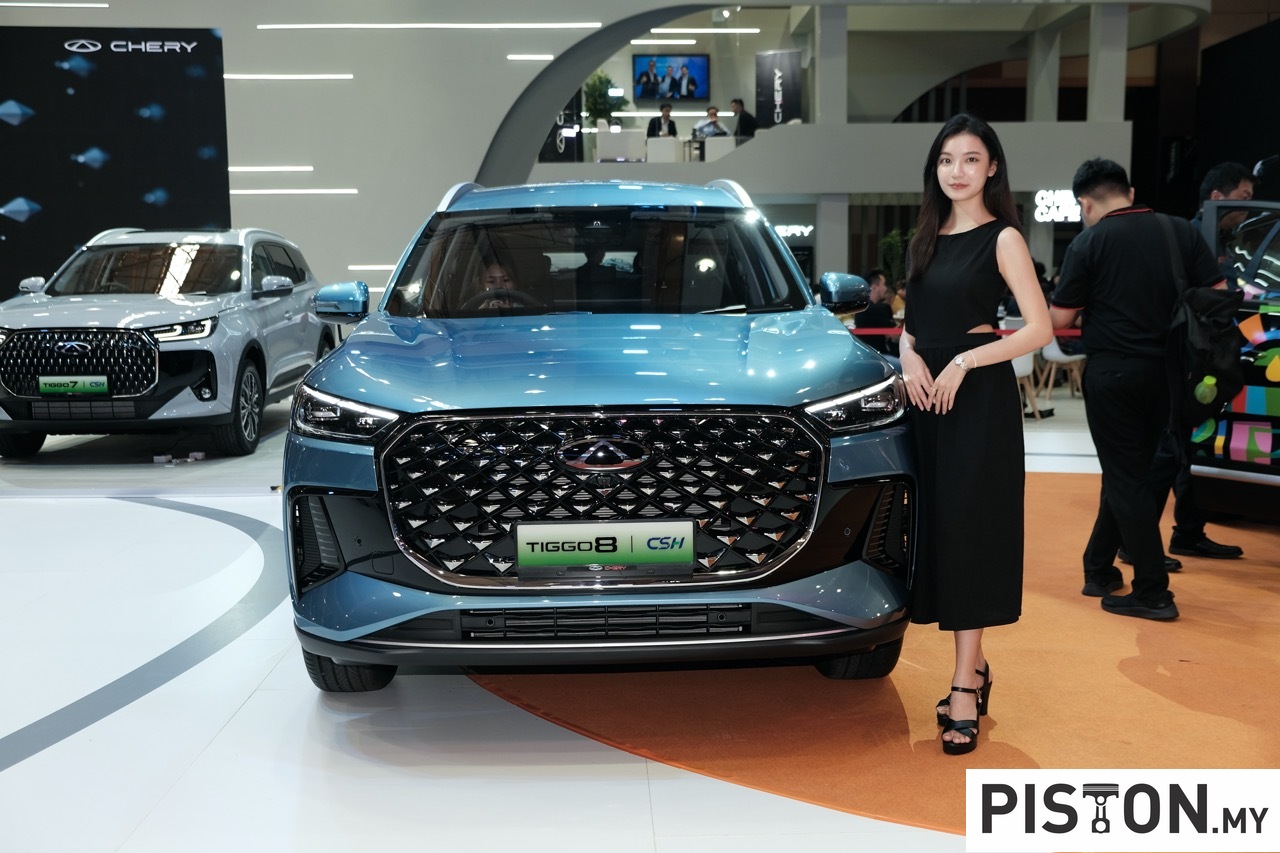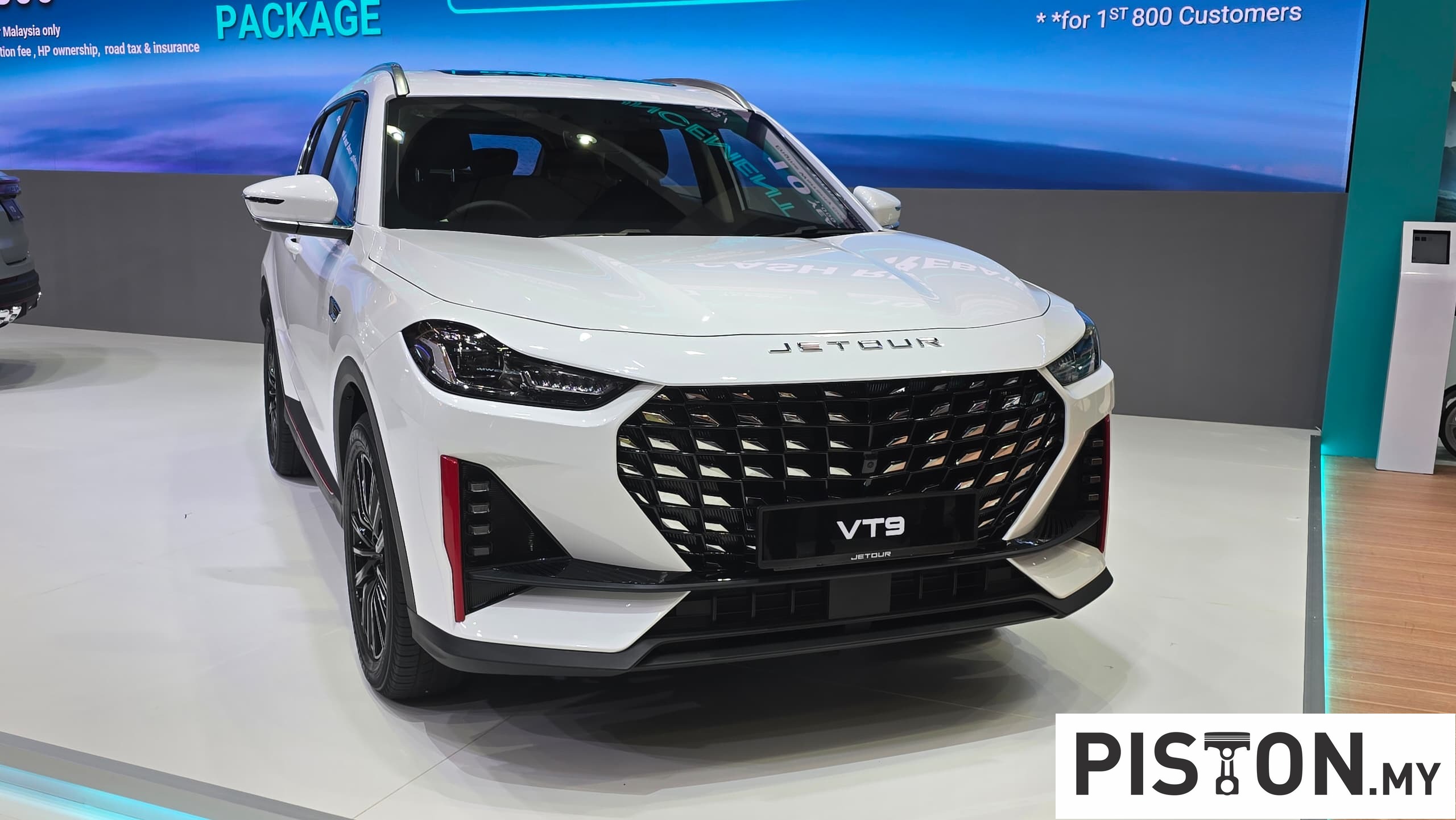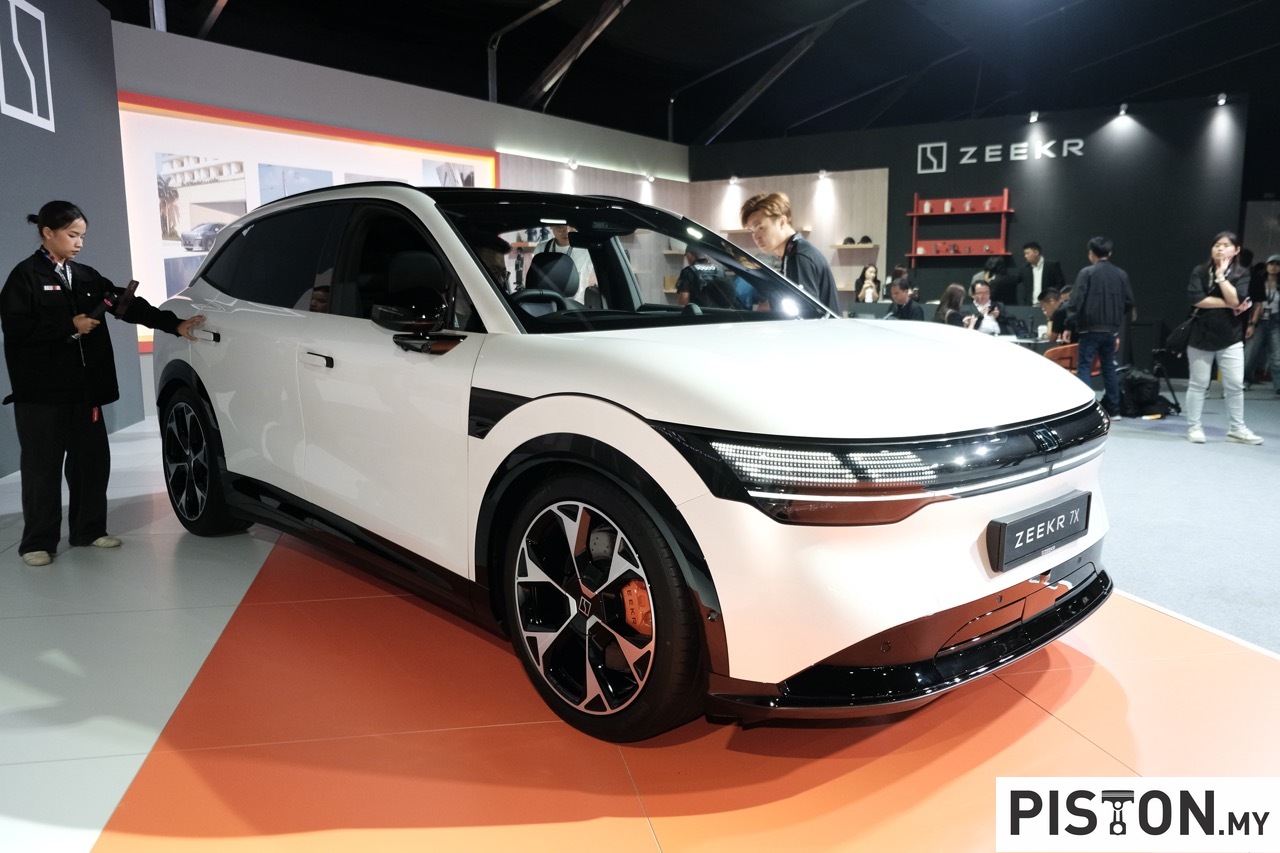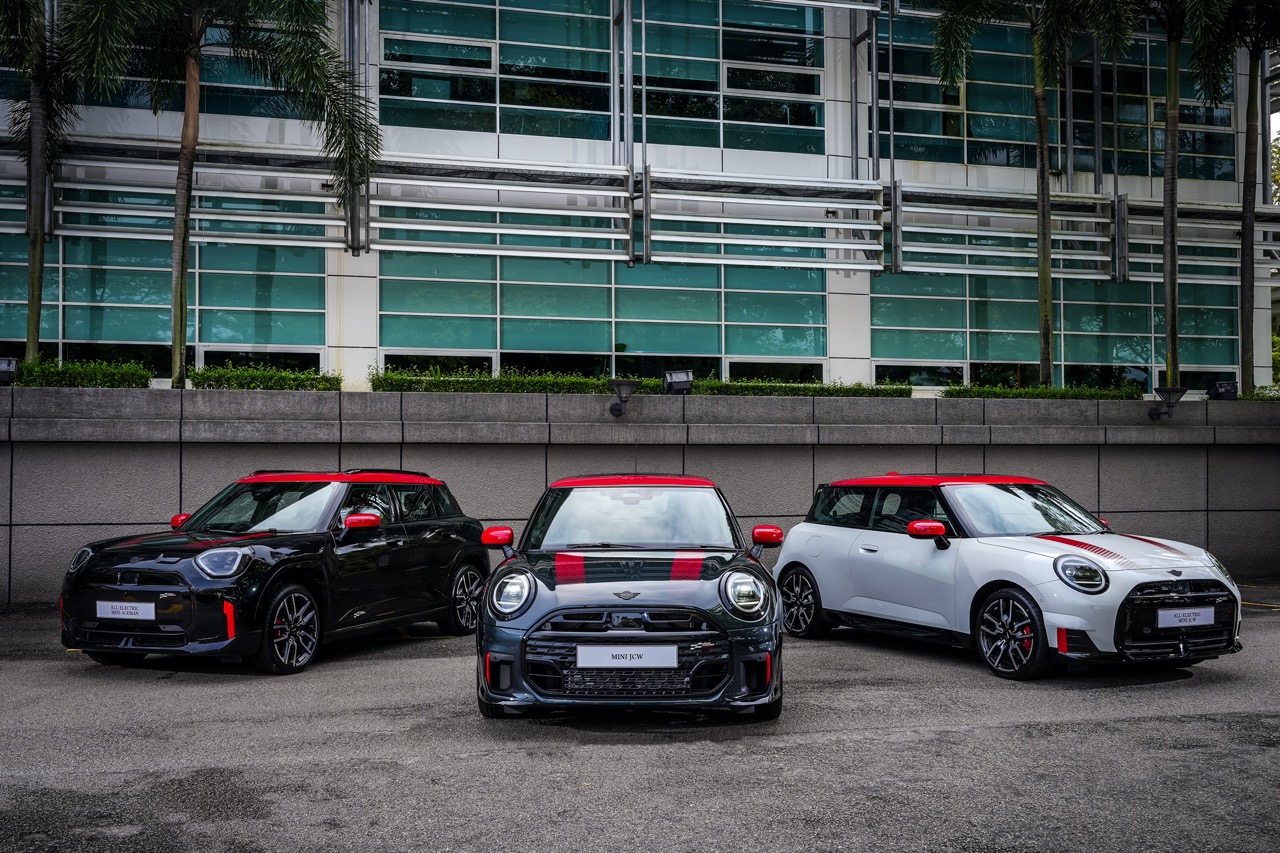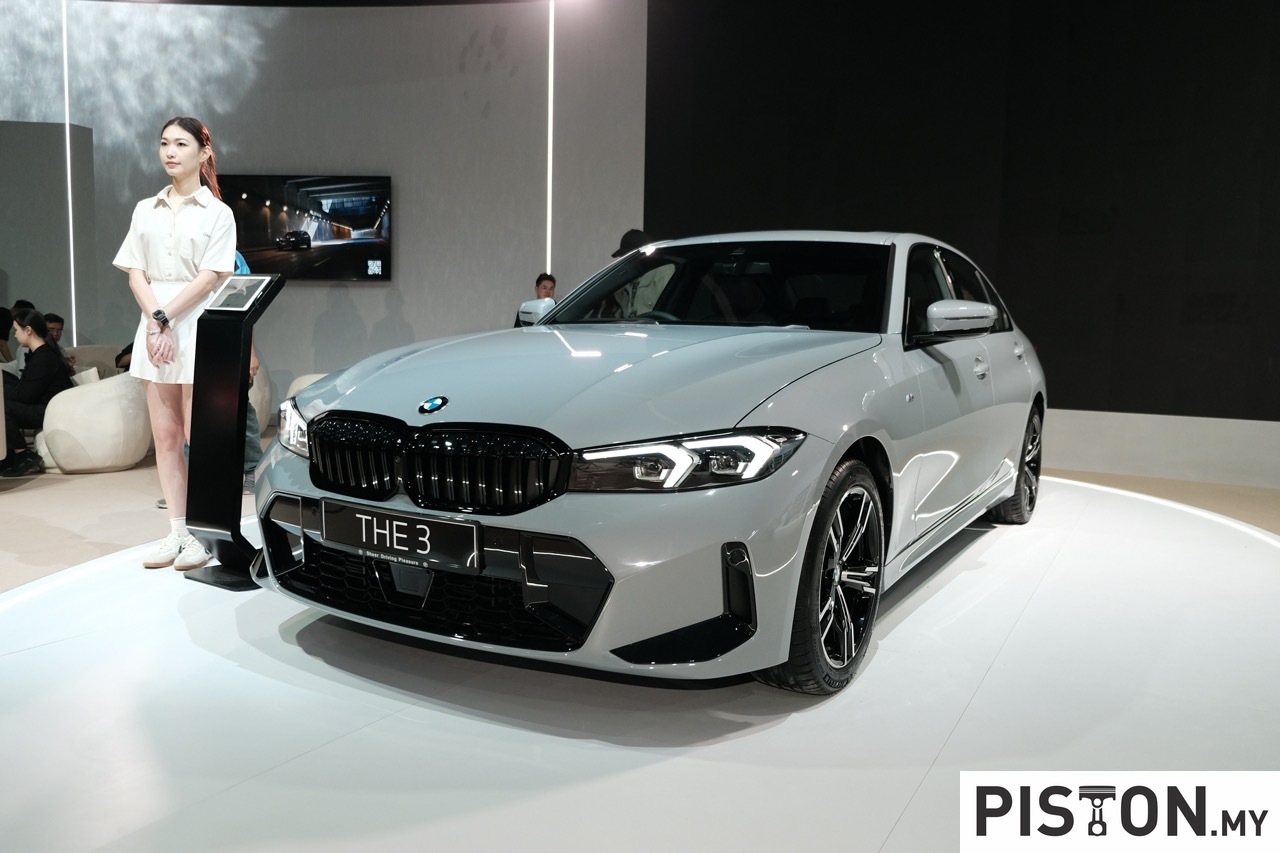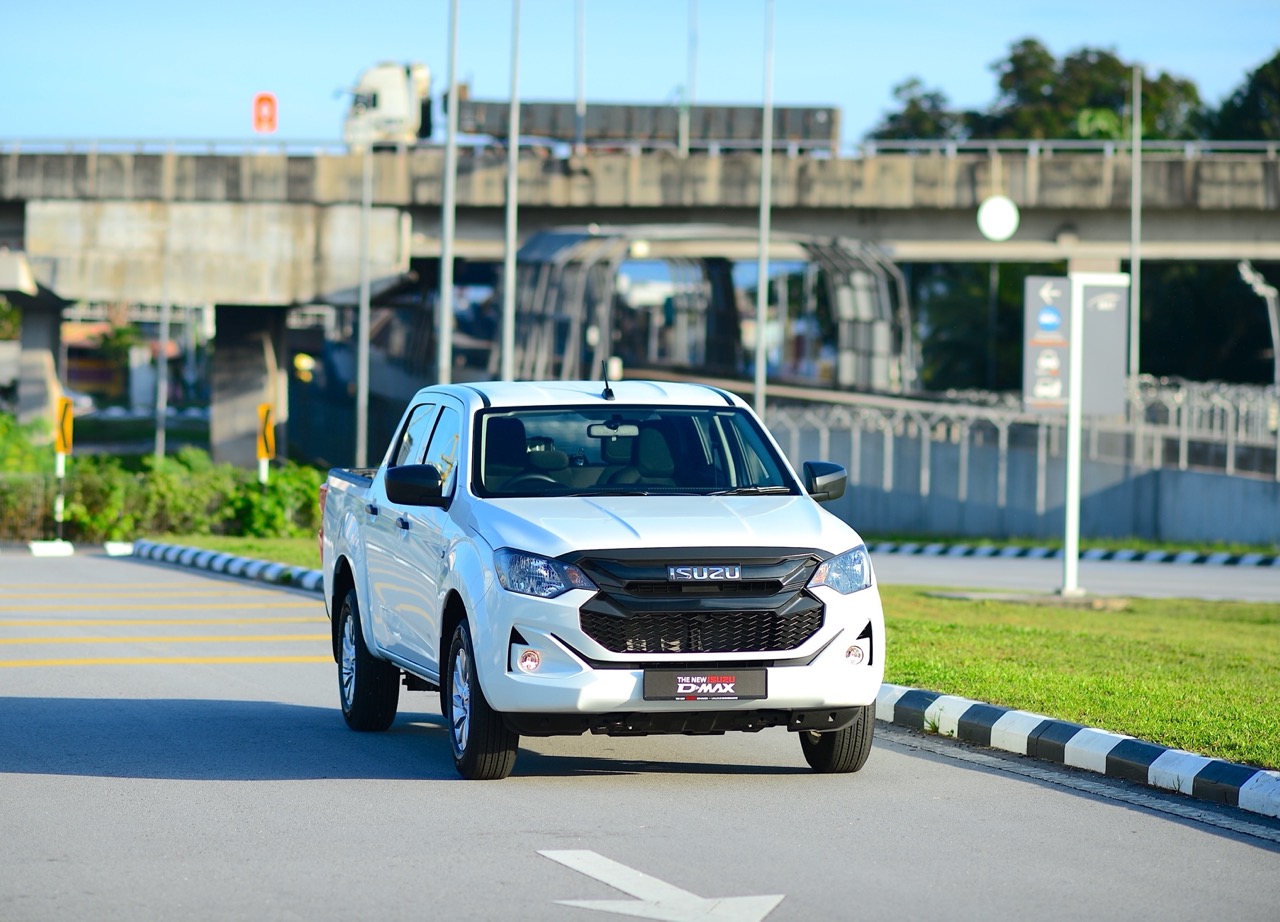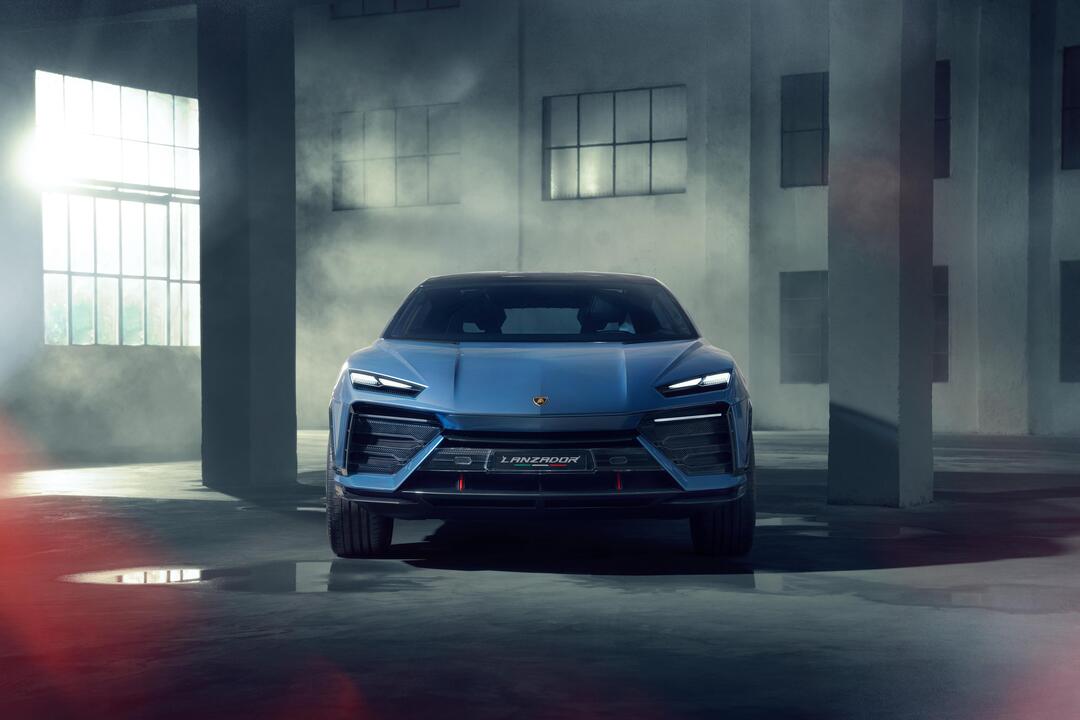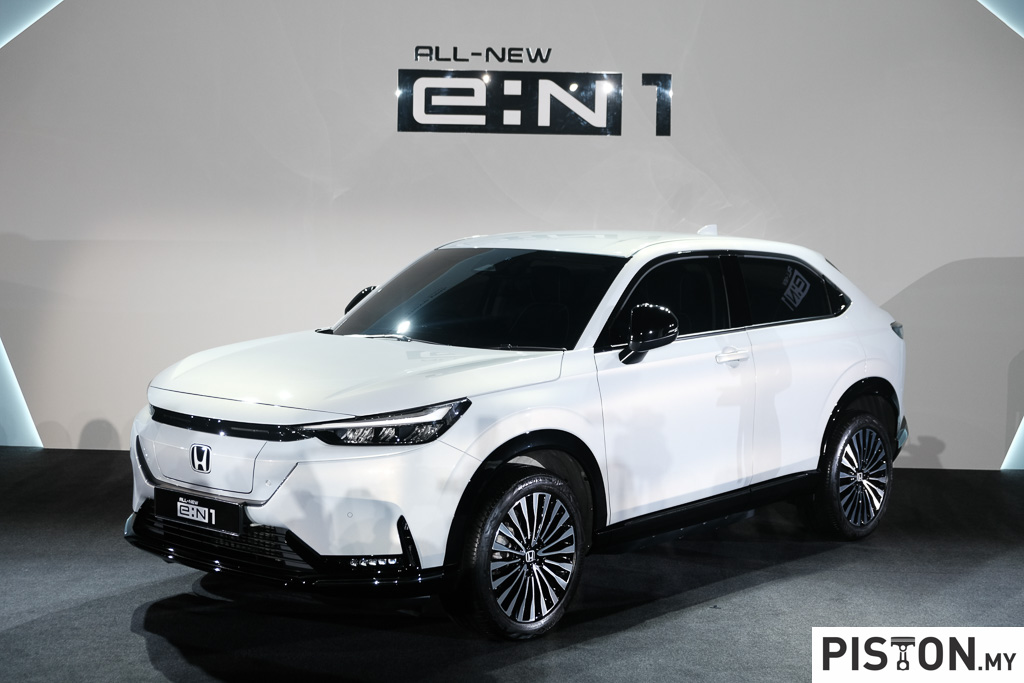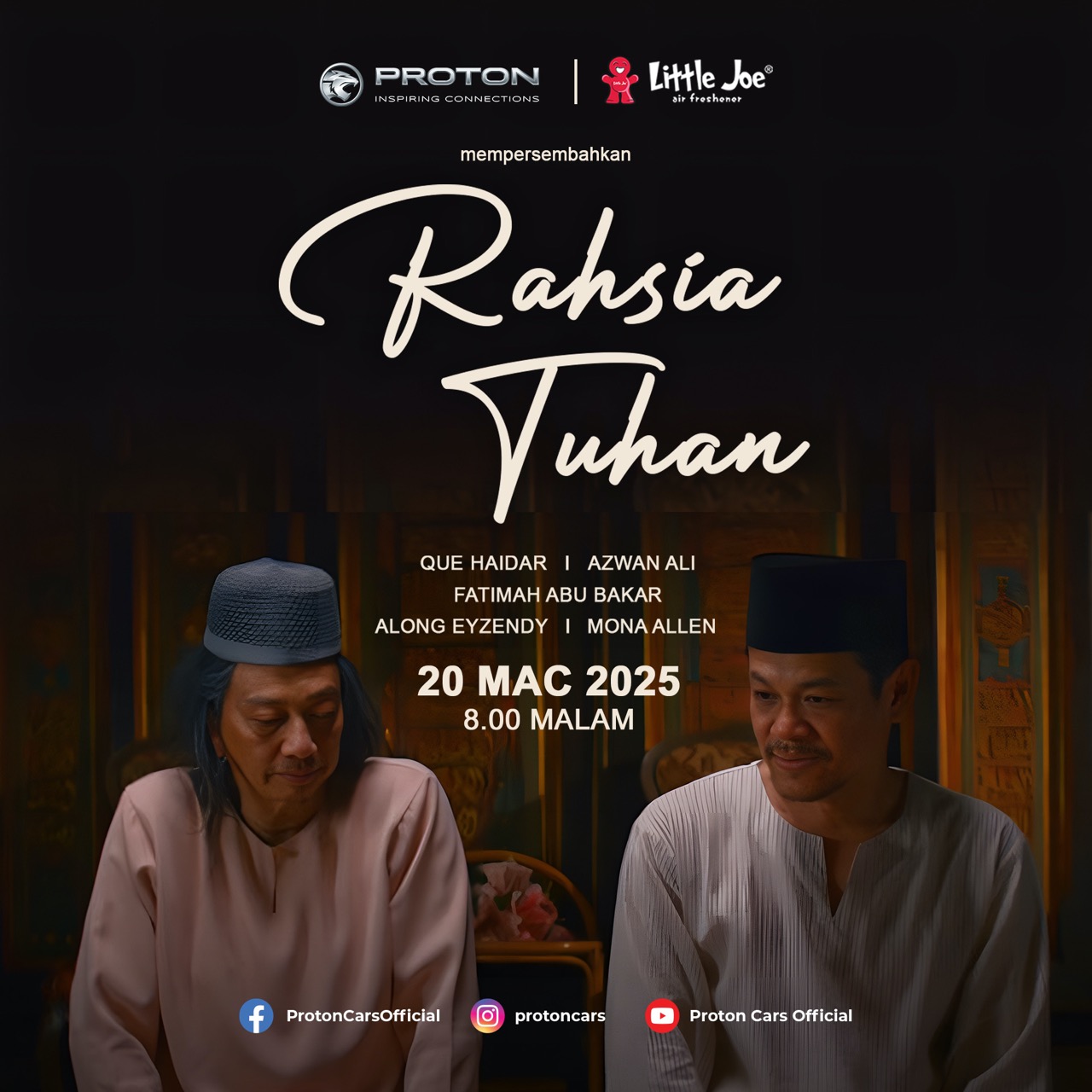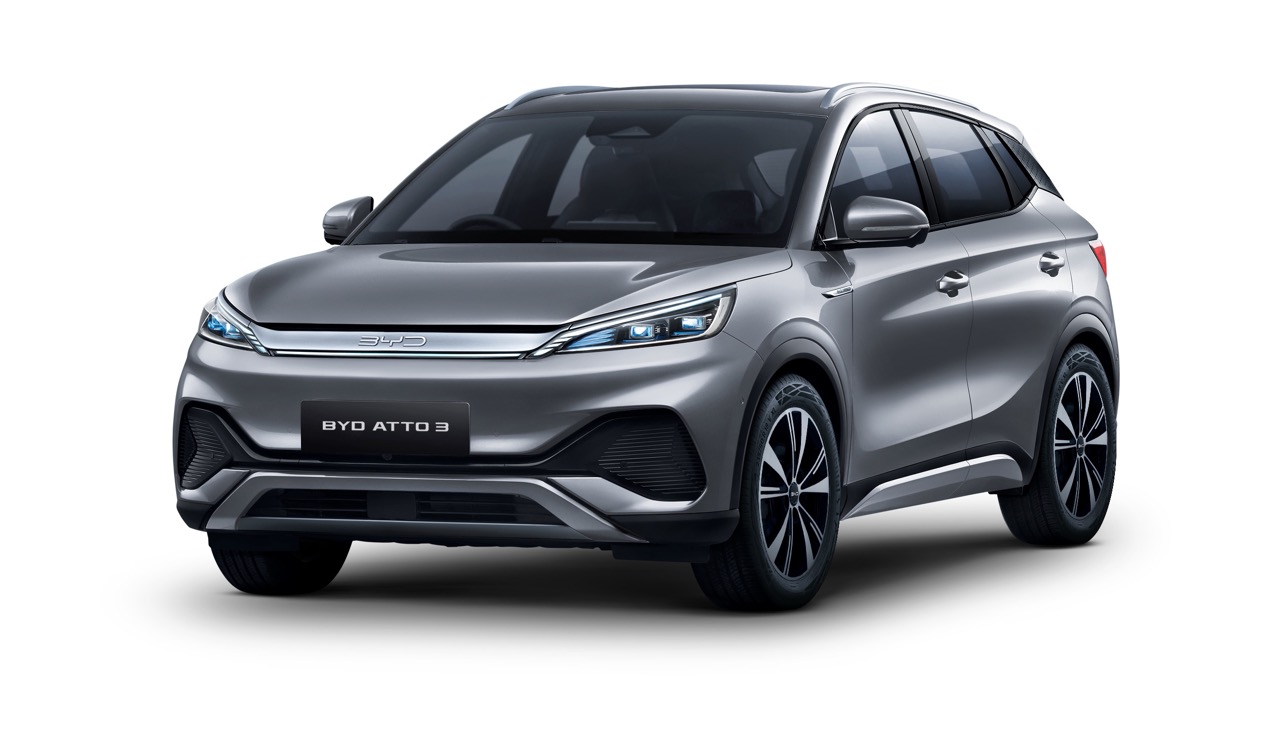If motorists are responsible and considerate, they would ensure that their tollcards have sufficient value before they travel on highways where toll is collected. With so many places, especially petrol stations, where the Touch’nGo cards can be reloaded, there is no excuse for not doing so. However, PLUS Malaysia Berhad (PLUS) has found that many have insufficient balance in their tollcards, resulting in them having to reload at the toll plazas and causing traffic congestion at the exit lanes of the toll plazas.
To reduce traffic congestion on all outbound lanes in the Central Region toll plazas, PLUS made the decision to close the Reload Counters since August 1, 2019. This move, over the past 2 months, has seen a significant reduction of up to 48.2% in the number of low-traffic or inadequate balance customers trying to reload at the exit lanes at toll plazas in the Central Region which are located along routes between Seremban and Ipoh Selatan.
5% of motorists waste the time of 95%
On August 1, 2019, the first day, 5% of vehicles had insufficient balance for their tollcards. Although 5% is small, it involves 42,500 vehicles that queue up to reload, creating unnecessary congestion and wasting the time of 95% of other travellers on the highways.
The move to cease offering reload services at the toll plazas is also aimed at ensuring the safety of PLUS personnel as accidents involving heavy vehicles have occurred at toll booths in recent times.
“PLUS would like to thank the customers who have contributed to the 48.2% reduction in congestion at toll plazas in the Central Region by increasing their Touch’nGo card value. PLUS also appreciates the efforts of all Touch’nGo counters and service providers and counters and machines to ensure that Touch’nGo card or value-added kiosks are operating at all times to facilitate transactions,” the company’s statement said.
It added that this progressive initiative is also made possible with the strong support of the Malaysian Highway Authority, the regulator whose main aim is to ensure the safety and comfort of every Malaysian highway-user.
No more reload services in other regions soon
PLUS will continue to cease reload services at its toll plazas in the Southern and Northern Toll Plaza exit lanes soon.
Reload services are available at more than 10,000 locations nationwide such as ATMs, petrol stations, convenience stores, R&R areas and shopping malls.





